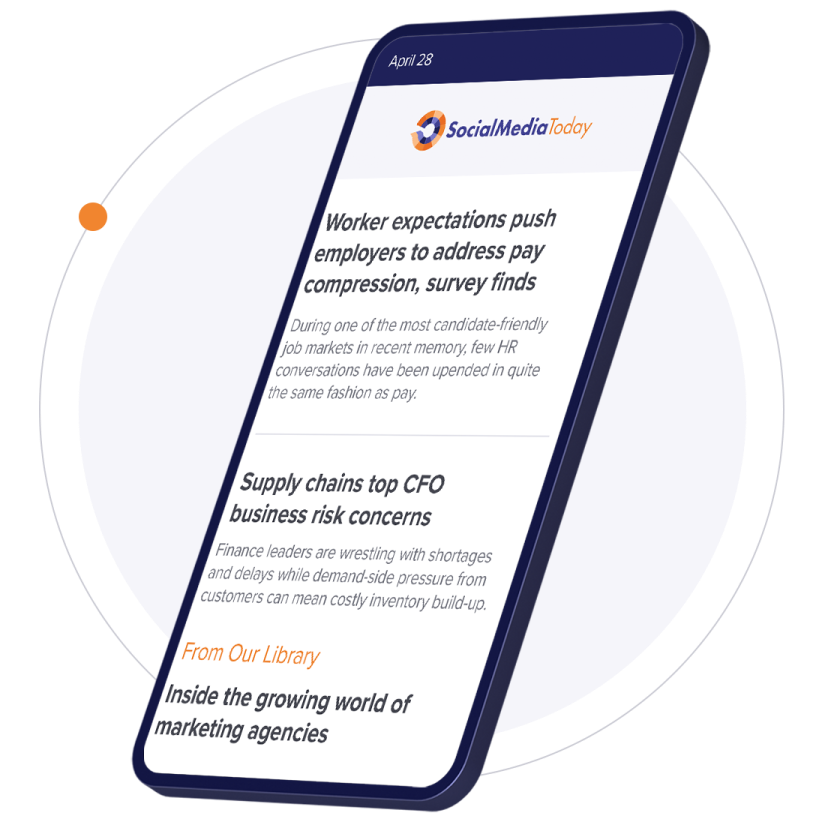It’s going to be very interesting to see how this plays out, and the flow-on effects of this approach:
Twitter will open source all code used to recommend tweets on March 31st
— Elon Musk (@elonmusk) March 17, 2023
As Elon Musk has been pledging for some time, Twitter will soon publish the details of how its tweet recommendation algorithm/s work, which will provide new insight into which tweets gain traction, how to maximize tweet reach through engagement, and which specific elements Twitter’s system’s looking to incentivize in the app.
Which may show the specific weightings that replies, retweets and likes are allocated within Twitter’s system, and how they then equate to a metric score for each user, similar to how Facebook’s feed algorithm works.
But Meta has never published the full details of its algorithm, neither has Google for Search, or any other platform - because the concern is that by giving people an in-depth overview of how ranking is applied, that will open the door for spammers and scammers to cheat the process, by having a better working knowledge of what they should be aiming for with their posts.
If retweets get a higher share score, scammers will come up with new methods to game that, the same with likes. And if Twitter does indeed open up the whole algorithm, as Musk has implied, that could spark a new flood of spam tweets, based on the specific types of engagement that Twitter’s optimizing for.
And that’s likely now even easier to do. If you know that Twitter is aiming to highlight certain elements, you can take examples of tweets with the highest levels of engagement on those metrics, then enter them into ChatGPT, and have it pump out similar tweets.
With this in mind, this does seem like a risky approach, but Elon is convinced that transparency, in as many aspects as possible, is key to winning user trust, and making Twitter the source of truth, and a more viable, valuable platform for all users.
And actually, Twitter doesn’t even know how its algorithm works anyway:
Our “algorithm” is overly complex & not fully understood internally. People will discover many silly things , but we’ll patch issues as soon as they’re found!
— Elon Musk (@elonmusk) March 17, 2023
We’re developing a simplified approach to serve more compelling tweets, but it’s still a work in progress. That’ll also… https://t.co/uxxJe3RT36
Though others have seemingly worked out some of the key elements, with the new Twitter approach to content amplification, via the main ‘For You’ feed, looking to highlight content on specific topics, which have already resonated with users.
As explained by Ryan Broderick:
“The algorithm seems to prioritize tweets that are talking about already-viral content, as in quote tweets or tweets that can easily fit within trending topics. This would explain, partially, why users are reporting seeing quote tweets about the same posts over and over and over again.”
That same approach is quite effective on TikTok, because it enables it to highlight the best-performing content, but the problem on Twitter is that the platform is based on timeliness, and highlighting real-time trends as they unfold. That makes it a little more difficult for Twitter to maintain its real-time relevance within this process, as it also needs to factor engagement signals, which can only accumulate over time, while its topic sorting is more simplistic than TikTok, which can infer a wide range of interests based on each clip.
But that, at least in part, seems to be where Twitter is headed, and it’ll be interesting to note what types of details Twitter can detect in each tweet, and use for ranking, once the information is published.
Also, I wonder if the rumored Elon rule, which ranks his tweets above all others, will be noted in the code samples.
I suspect that it’ll be absent, but it will be interesting to glean more insight into why you’re seeing what you’re seeing in your main tweet feed, and get an understanding of how Twitter’s going about improving relevance, and showing you tweets.
And then, the spam will flow. Maybe. We’ll have to wait and see what comes next.







